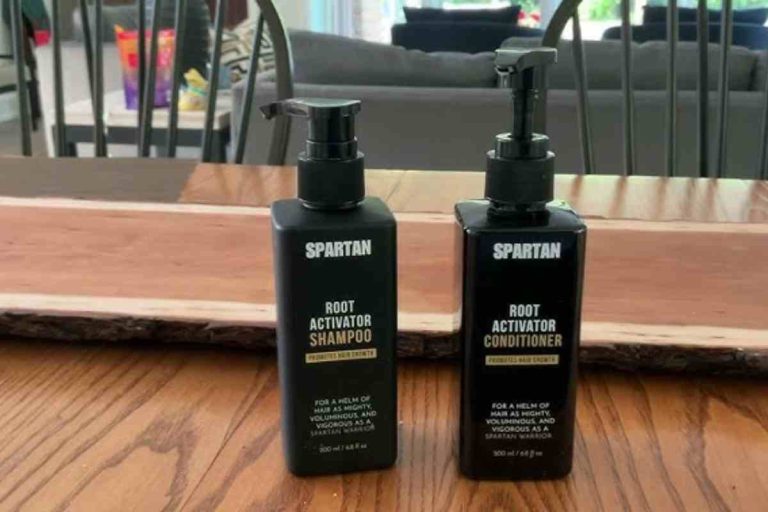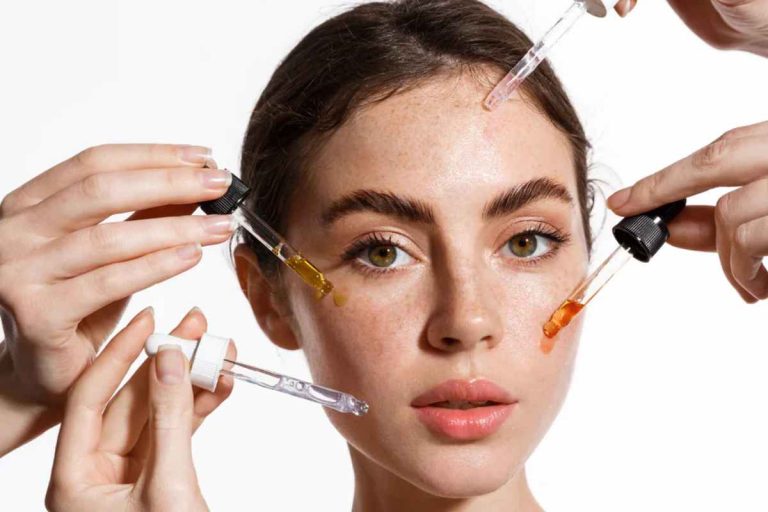The most important thing to know is that the right plant‑powered root activator shampoo targets both hair loss and scalp health by using natural elements while avoiding harsh chemicals. Some people might notice benefits such as reduced shedding or thicker-looking hair after several weeks of regular use, but results depend on hair type, usage, and other factors.
Choosing a shampoo comes down to more than just buzzwords on the bottle—look for the ingredient list, consider your unique hair needs, and focus on products that match your goals. Awareness of both the benefits and limits before buying helps avoid disappointment.
Key Takeaways
- Plant-based shampoos use natural ingredients to boost hair roots.
- Effects may differ based on hair type and product formula.
- Checking the ingredient list helps you choose the right shampoo.
Before Choosing a Plant-Powered Root Activator Shampoo
Hair loss, thinning, and scalp issues affect many people, pushing them to find effective solutions. Ingredients, targeted results, and how a shampoo addresses scalp health all play significant roles in making the right choice.
Understanding Plant-Based Formulations
A plant-powered root activator shampoo uses natural ingredients from sources like herbs and botanical extracts. Ingredients such as aloe vera, rosemary oil, peppermint oil, and caffeine are often included for their supportive effects on scalp health and hair density.
Aloe vera naturally soothes scalp irritation and keeps the scalp hydrated. Peppermint oil creates a refreshing tingle that may boost scalp circulation, helping roots get more nutrients. Biotin, another common ingredient, supports stronger hair strands. Plant formulations usually avoid harsh chemicals that can dry or damage the scalp, making them gentle for daily use.
In addition, these ingredients make the shampoo a good fit for people seeking fuller hair without synthetic additives. As a result, plant-based options appeal to those preferring a gentler, eco-friendly approach to hair care.
Targeting Hair Loss and Thinning Hair
A good root activator shampoo should help manage hair thinning and support regrowth in areas where hair appears weaker. Botanical shampoos can help by cleansing the scalp to remove buildup and allowing follicles to breathe. Caffeine helps stimulate follicles, while keratin strengthens hair structure and reduces breakage.
Many people look for a thickening shampoo that addresses both density and strength. Products such as this shampoo for hair loss combine natural ingredients designed to protect and stimulate the scalp, which can lead to healthier hair over time. Consistency is key; results may take a few weeks of regular use.
Thinning and increased shedding can result from many causes, like stress, genetics, or scalp conditions, so a shampoo cannot address all underlying reasons. However, ingredients that support scalp health and create an ideal growth environment can make a visible difference in hair fullness and texture.
DHT Blocking Ingredients and Their Role
DHT, a hormone that contributes to hair loss, is a main factor behind pattern baldness. Some plant-powered root activator shampoos add botanical DHT blockers, like saw palmetto or pumpkin seed extract, to help slow this process.
These natural ingredients may protect the follicles by preventing DHT from binding to them, allowing more hair to stay in the growth phase. For men and women facing genetic hair loss, a shampoo with effective DHT blockers becomes especially relevant.
A product that combines DHT control with nourishing agents like caffeine and biotin offers targeted support for thinning hair and receding hairlines. However, effectiveness can vary, so checking clinical support and user reviews may help set realistic expectations.
Ingredient Quality and Efficacy
High ingredient quality matters for those seeking visible results from plant-based shampoos. Ingredients like biotin, keratin, and argan oil should be present in amounts that are effective yet safe. Some shampoos include blends that use both natural extracts and mild synthetic agents for better performance.
Labels listing clear concentrations or transparent ingredient sourcing often indicate trustworthy products. Avoid shampoos with sulfates or harsh detergents, which may irritate the scalp or strip natural oils.
Consumers looking for proven solutions for scalp health and fuller hair may want a formula that balances growth-supporting ingredients with gentle cleansing agents. Products packed with antioxidants, vitamins, and soothing oils not only support hair density but also create a more comfortable and balanced scalp.
Benefits and Limitations of Root Activator Shampoos
Plant-powered root activator shampoos attract interest for their focus on scalp care and safe ingredients. These shampoos often target both hair health and visible improvement in areas prone to thinning.
Promoting Hair Growth and Regrowth
Root activator shampoos may support healthier hair growth by supplying the scalp with key nutrients like biotin, amino acids, and plant extracts. Many products claim to wake up dormant follicles, which can help thin spots look fuller over time. Consistent use may make hair appear thicker and stronger, especially for those seeing early signs of hair thinning.
However, these shampoos do not match the effects of medicines such as minoxidil or finasteride, which have clinical proof for hair regrowth or slowing loss. For some users, results are subtle and may take weeks to become noticeable. People with severe hair loss or bald spots usually require more targeted treatments.
Improving Scalp and Hair Follicle Health
These shampoos offer more than just surface-level cleaning. Their formulas often use plant-based oils, vitamins, and caffeine to help nourish hair follicles and soothe the scalp. A cleaner, well-moisturized scalp tends to support healthier hair growth. Ingredients like biotin and keratin may reduce breakage and improve the texture and strength of each strand.
Shampoos with gentle, natural ingredients also suit those with sensitive skin. They rarely cause side effects, making them safer for most people who want an easy addition to their hair routine. Yet, some users with allergies should read labels closely to avoid irritating their scalp.
Comparing With Conventional Treatments
Plant-based shampoos differ from medical treatments such as minoxidil, finasteride, and hair transplants. Medicines work directly to block hair loss hormones or stimulate regrowth. Hair transplants move real hair from one part of the scalp to thinning spots. These approaches show proven results for some types of hair loss, but they also come with higher costs, more side effects, and longer recovery times.
Root activator shampoos appeal to those wanting a gentle, natural way to support their hair routine. However, people with advanced hair loss or rapid thinning might need stronger solutions than shampoo alone. Use of both—medication and shampoo—sometimes offers the most benefits, though this depends on the person’s needs and doctor’s advice.
Suitability for Various Hair Types
Many root activator shampoos work for different hair types, from straight to curly or coarse hair. They tend to moisturize without weighing hair down, which helps those with fine hair maintain volume. For those with curly or textured hair, natural oils and plant extracts may provide extra hydration and help decrease breakage.
Color-treated and sensitive scalps usually tolerate plant-based formulas better, since they lack harsh sulfates or synthetic fragrances. Still, not every shampoo matches all needs. Those with very dry, oily, or brittle hair should look for formulas that specifically match their scalp and hair concerns for best results.
Conclusion
Plant-powered root activator shampoos continue to grow in popularity as people look for natural ways to support healthier hair. These formulas often use botanical ingredients, which may help nourish the scalp and protect hair roots.
Some users notice results like fuller hair or new baby hairs after a few months of regular use. However, individual outcomes can differ, so patience and consistency matter.
Potential users should check ingredient lists for possible allergens and consider personal hair needs before choosing a shampoo. For best results, they should use the product as directed and combine it with a balanced hair care routine.
Making informed decisions about hair products helps set realistic expectations. People seeking healthy hair growth will benefit from paying attention to product labels and user feedback.











